Planting Herb Seeds – When And How To Start Herb Seeds
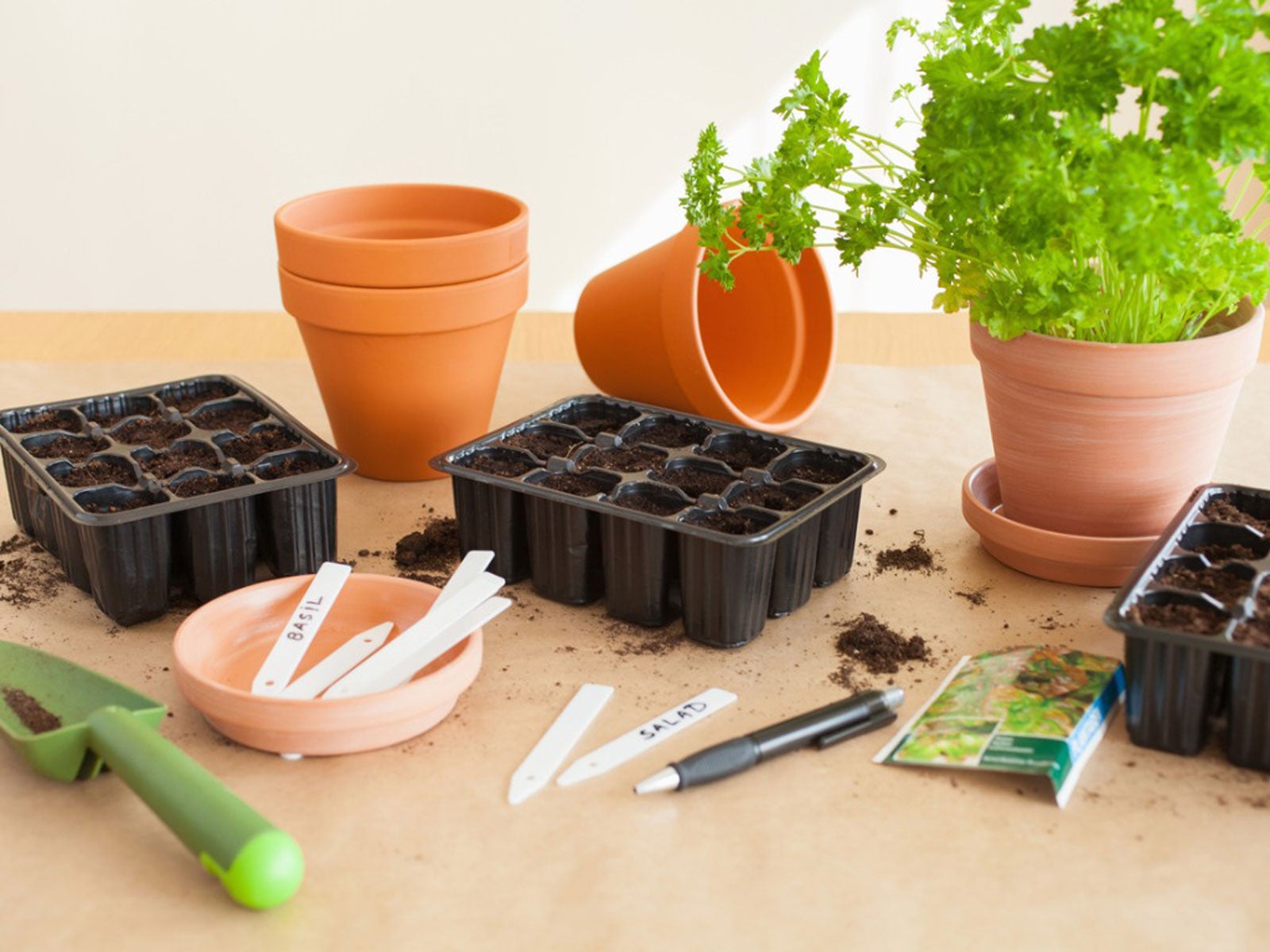

Fresh herbs add an essential element of flavor to our favorite dishes. Yet, purchasing fresh herbs is time consuming and expensive. Starting herbs from seeds will not only give you the culinary zest you desire, but growing your own herbs is an easy project even if you don't have gardening experience.
How to Start Herb Seeds
Before planting herb seeds, consider where you want to grow your herbs. A backyard garden located close to the kitchen is extremely convenient during meal preparation, but herbs can also be grown in a container inside or outside the home. Most types of herbs are also well suited for cultivation in hydroponic jars.
Starting herbs from seeds is similar to sowing other types of garden vegetables. Most herb seed germination can occur indoors using a seed-starting flat with a quality potting or seed-starting soil. Seeds can also be started in plastic bags or in coir pellets. Once danger of frost has passed, herbs can be directly seeded into the garden.
To ensure success when starting herbs from seeds, follow these tips:
Choose your herb seeds. Herb seeds are seasonally available at discount, grocery, big box, and farm stores. Try greenhouses or online seed catalogs to find a wider selection of herb varieties. Common, easily-cultivated herbs include:
Sow herb seeds lightly. Place two to five seeds per seed cell or pod. When planting herb seeds outdoors, use a hand seeder to evenly distribute seeds along a row or in a defined garden plot. Cover sparsely with soil. As a general guideline, bury the seed at a depth which equals twice the thickness of the seed.
Keep soil evenly moist. Water gently to prevent seeds from washing away. Cover seed-starting cells with plastic to retain moisture. Outdoors, place a plastic water bottle with the bottom removed over the seeds. Remove plastic coverings once the seeds sprout.
Gardening tips, videos, info and more delivered right to your inbox!
Sign up for the Gardening Know How newsletter today and receive a free copy of our e-book "How to Grow Delicious Tomatoes".
Ensure adequate drainage. To prevent damping off, maintain proper soil moisture in outdoor gardens by adding organic material or raising beds. Ensure seed-starting cells and planters have drainage holes.
Provide plenty of light. Most herbs require full sun for optimal growth. Outdoors, sow seeds in an area which receives a minimum of six hours of direct sunlight per day. When growing herbs indoors, locate plants near a southern or western facing window or place seedlings under a grow light or fluorescent fixture.
When to Start Herb Seeds
The best time for herb seed germination depends on where and how the herbs will be grown. For hydroponic or indoor herb cultivation, seeds can be started year-round for a continual supply of young, tender herb leaves.
When planting herb seeds outdoors, gardeners are urged to check each seed packet for information regarding the optimal time for sowing seed in their area. Frost tender types of herbs can be started indoors six to eight weeks prior to the last frost date.
Once your herb seeds have sprouted, water regularly and thin as needed. Before transplanting seedlings into the garden or outdoor containers, be sure to harden off the young plants.

Laura Miller has been gardening all her life. Holding a degree in Biology, Nutrition, and Agriculture, Laura's area of expertise is vegetables, herbs, and all things edible. She lives in Ohio.
-
 Get Ready For A Summer Of Hummers! Grow These Full Sun Hummingbird Plants and Flowers
Get Ready For A Summer Of Hummers! Grow These Full Sun Hummingbird Plants and FlowersIf you’re lucky enough to enjoy a sunny backyard, make sure you are maxing out on your pollinator opportunities and grow these full sun hummingbird plants and flowers
By Tonya Barnett
-
 12 Lush Alternatives To A Lawn For Sustainable Spaces
12 Lush Alternatives To A Lawn For Sustainable SpacesAlternatives to a lawn are beautiful and also beneficial to your local ecosystem and its pollinators. Explore our top picks for plants to replace grass.
By Tonya Barnett
-
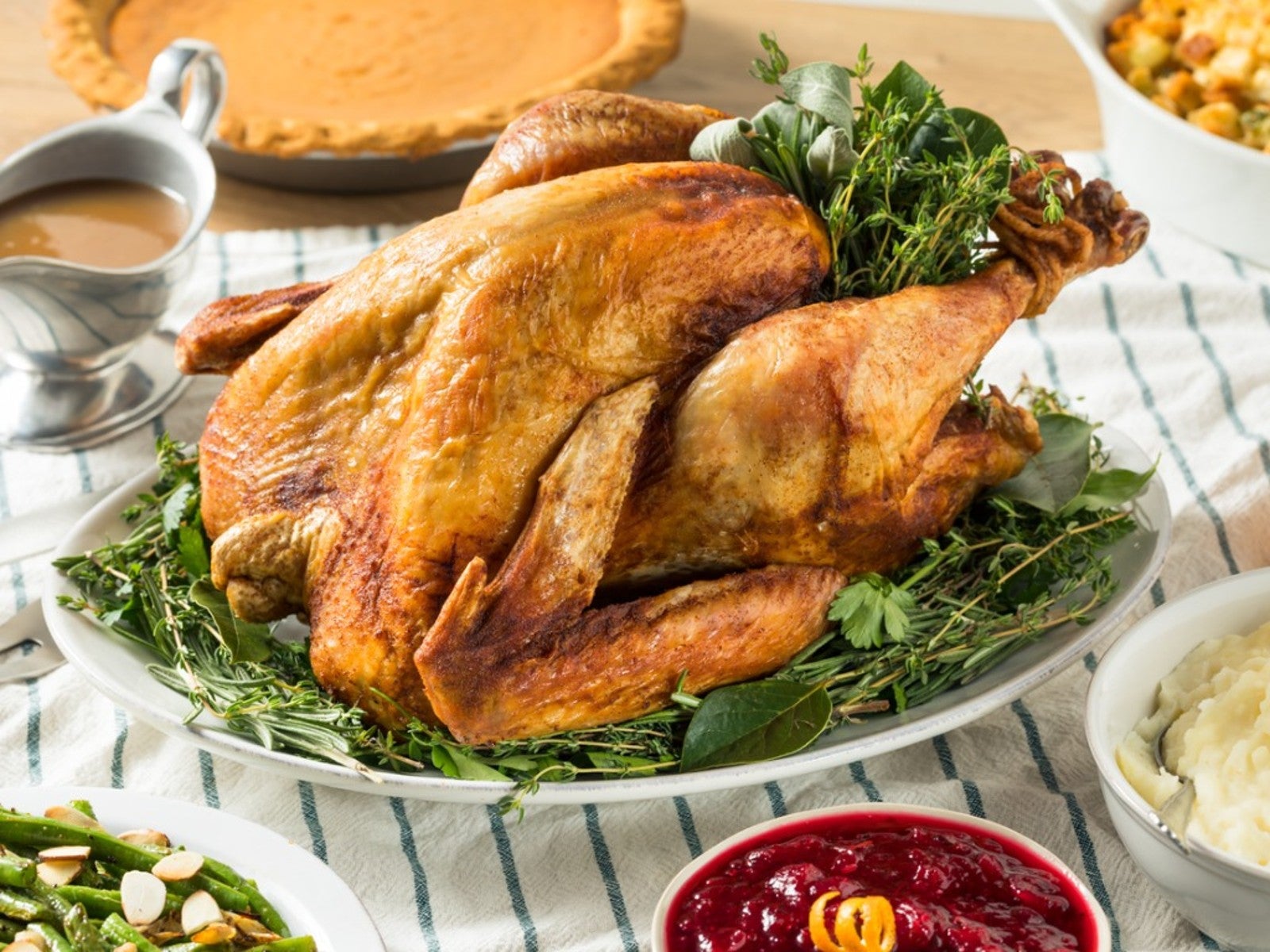 Grow Tasty Herbs For Roast Turkey In Your Garden
Grow Tasty Herbs For Roast Turkey In Your GardenCan you season your turkey with herbs you grow in your own garden? Yes! Click to learn more.
By Amy Grant
-
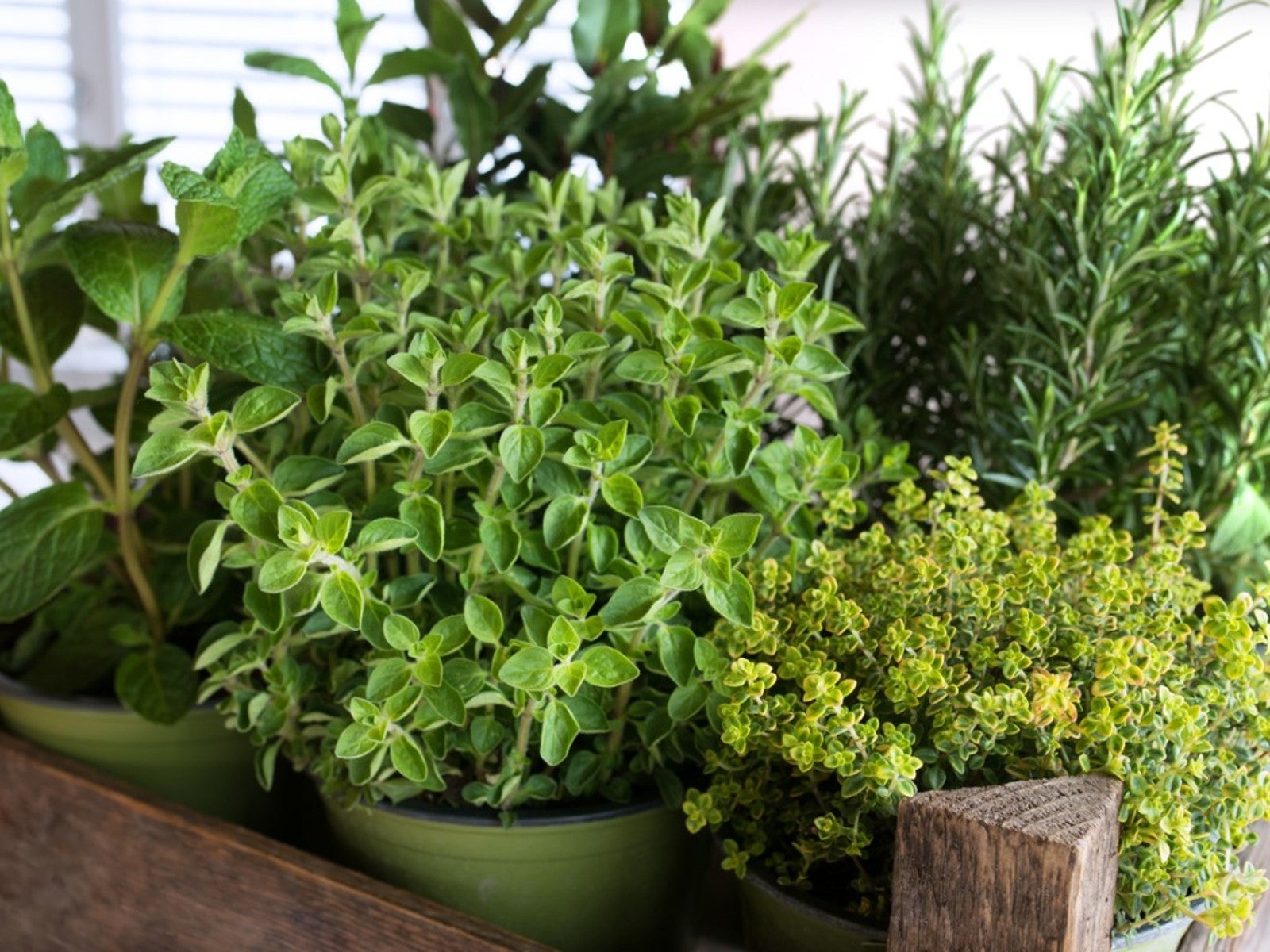 10 Easy Herbs For Beginners
10 Easy Herbs For BeginnersIf you’re new to herb growing, there are some perfect beginner herbs that are low maintenance and easy. Here are our top ten.
By Mary Ellen Ellis
-
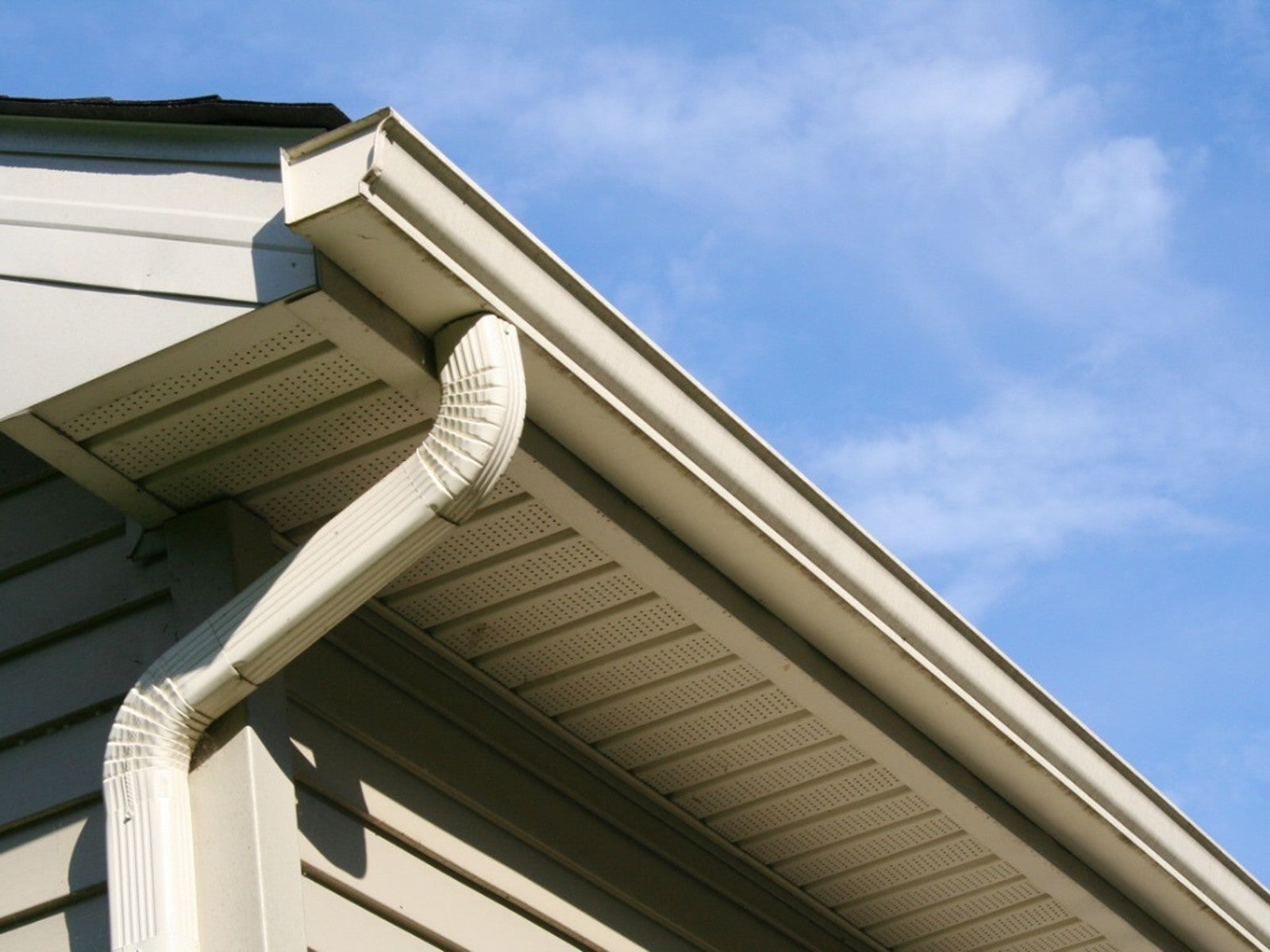 How To Make A Rain Gutter Herb Garden
How To Make A Rain Gutter Herb GardenOne really fun look outside the box is a hanging rain gutter herb garden. A gutter planter is a unique way to house and showcase plants.
By Bonnie L. Grant
-
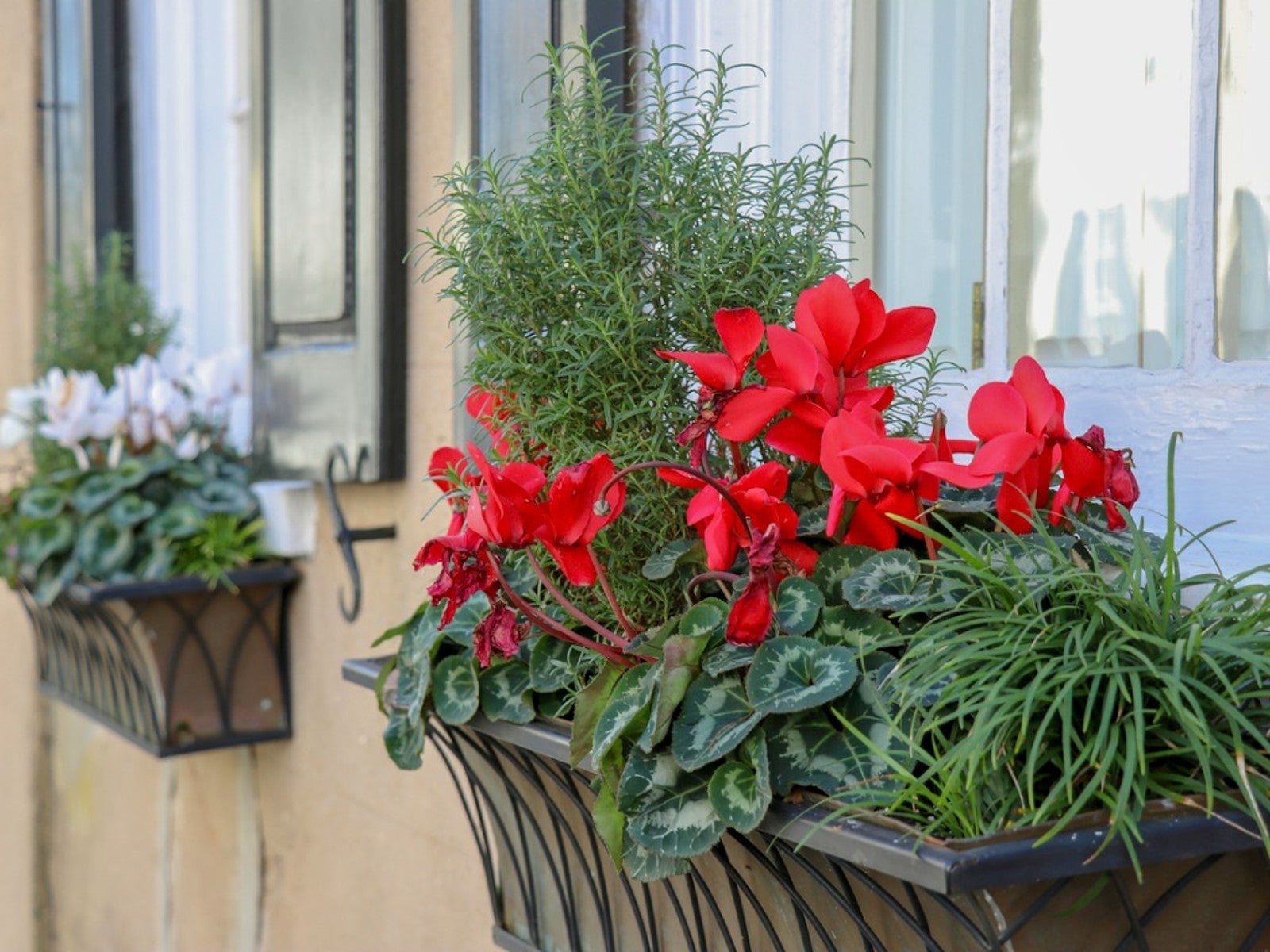 Grow A Beautiful, Edible Herb Window Box
Grow A Beautiful, Edible Herb Window BoxGrowing herbs in window boxes is a space-saving method for producing culinary ingredients for kitchen use. Click for more.
By Laura Miller
-
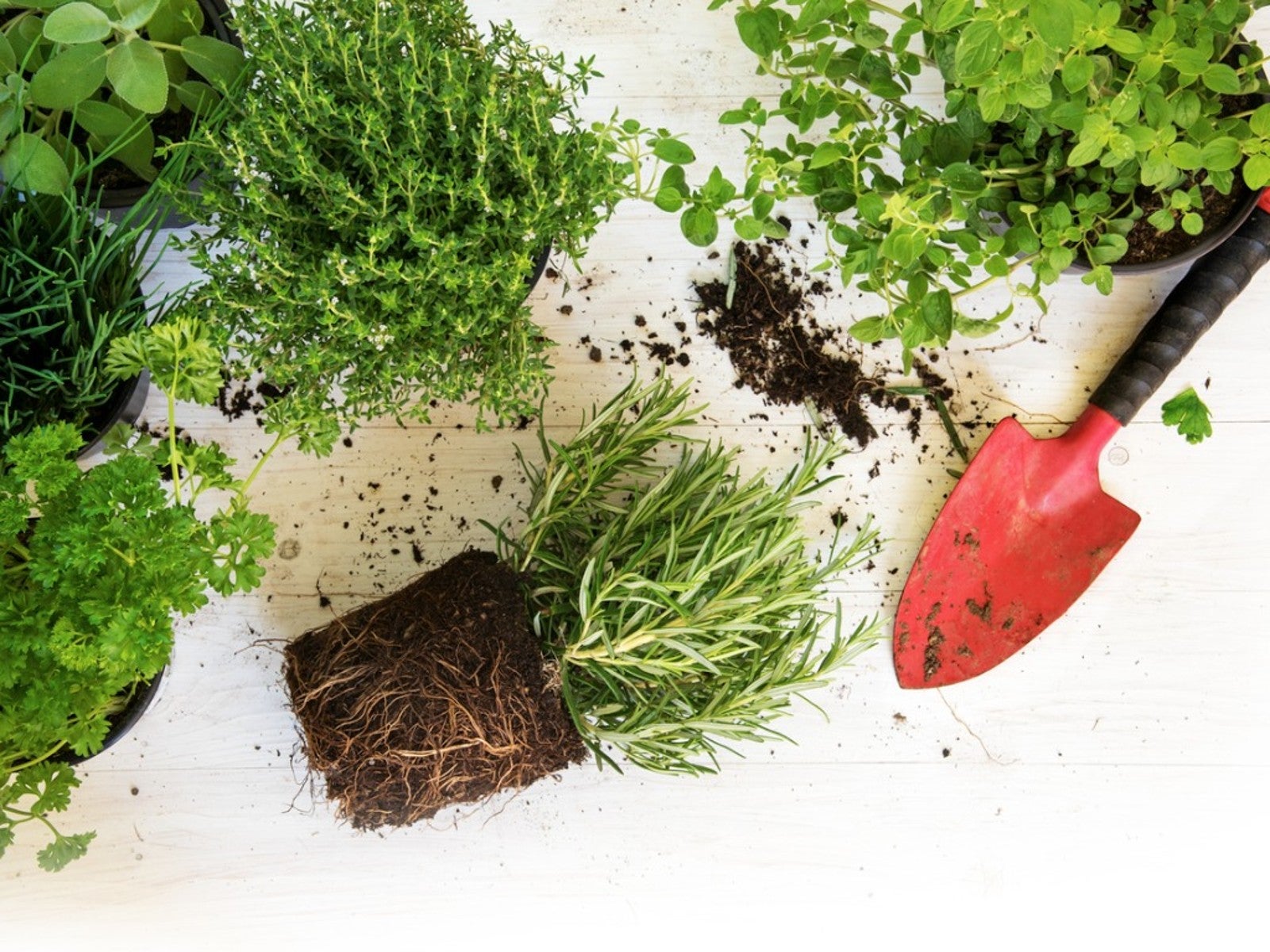 Best Herbs To Direct Sow Vs. Start Indoors
Best Herbs To Direct Sow Vs. Start IndoorsKnowing when to buy herb plants or start them from seeds or cuttings is essential to your success. Read on to learn more.
By Laura Miller
-
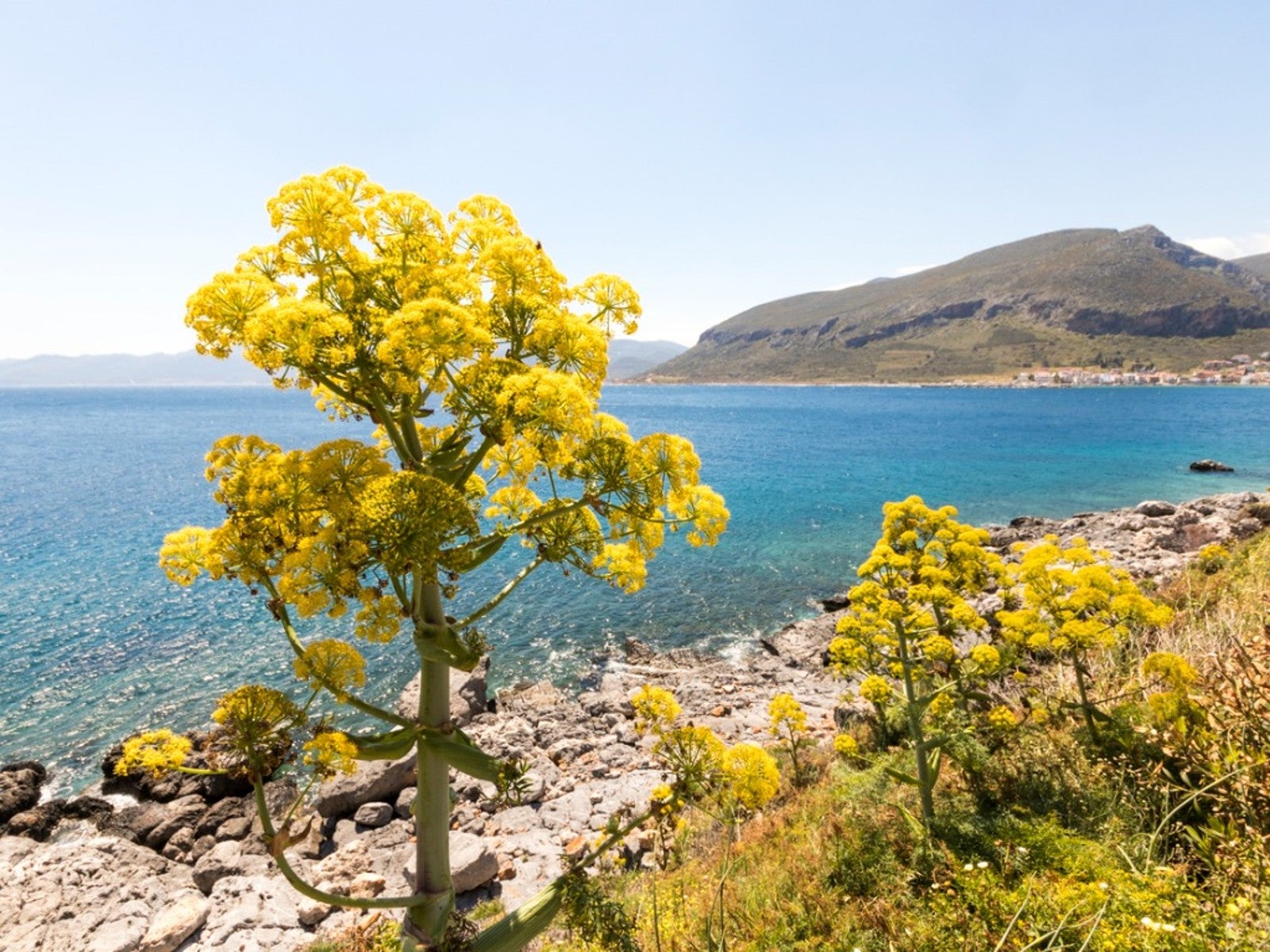 Learn About The Highly Prized Silphium Herb
Learn About The Highly Prized Silphium HerbWhat if there was a perfect plant? In ancient times such a treasure existed. It was the silphium plant.
By Laura Miller
-
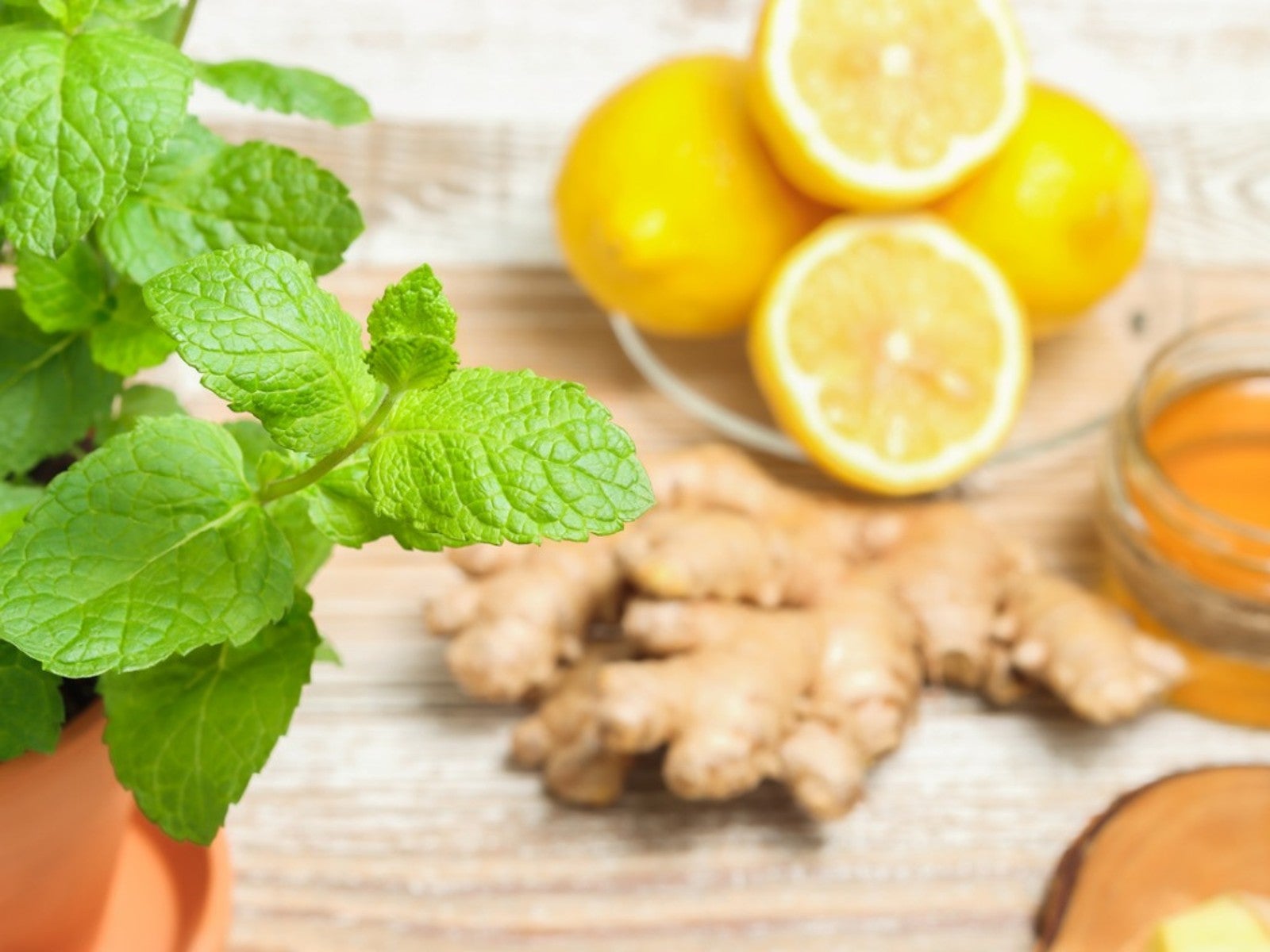 Grow Healing Herbs Indoors: Combat Winter Illness With A Medicinal Garden
Grow Healing Herbs Indoors: Combat Winter Illness With A Medicinal GardenIf you are growing medicinal plants at home, did you know you also can grow an indoor medicinal herb garden? Read on for more.
By Susan Albert
-
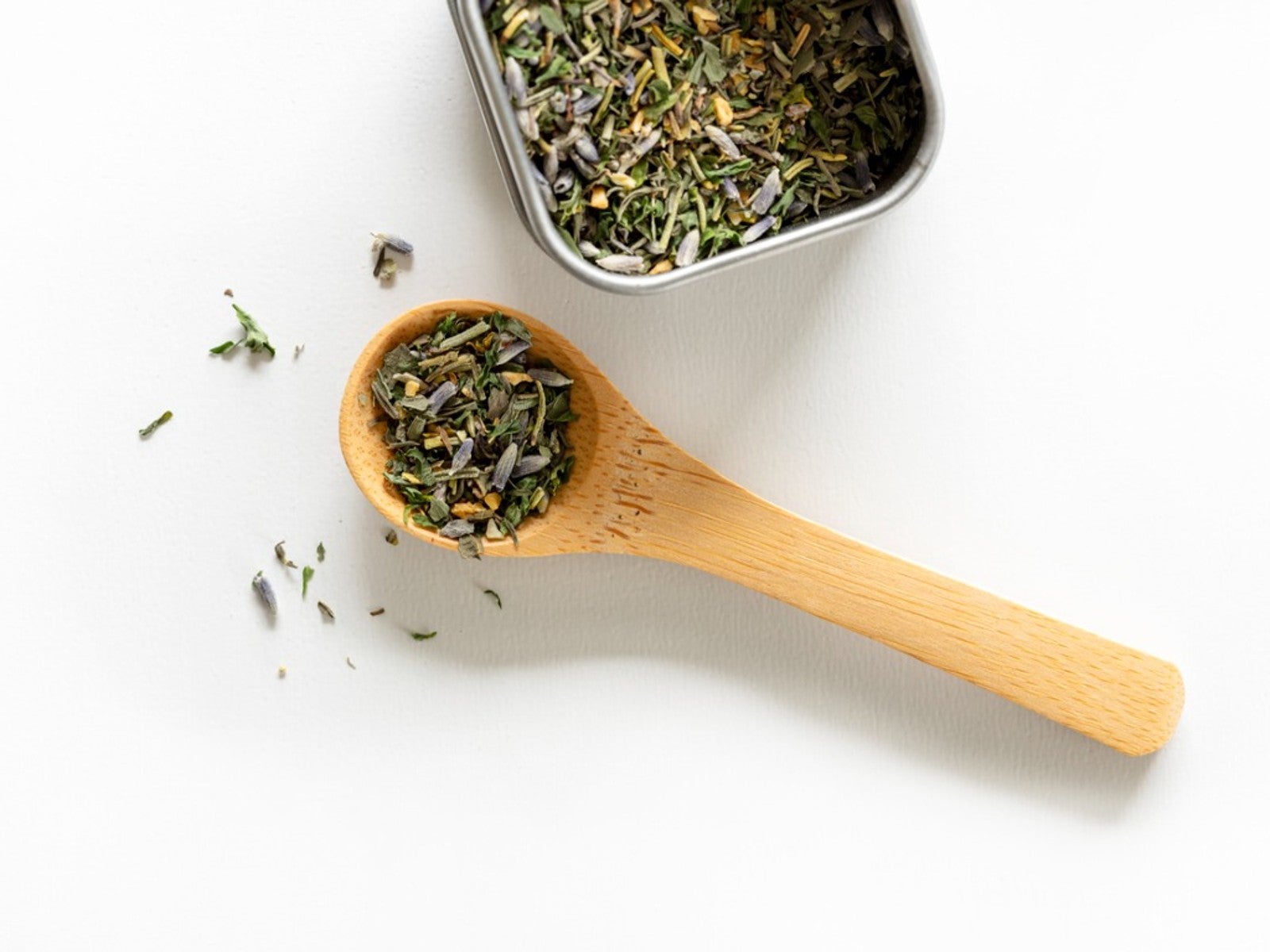 Grow Your Own Herbes De Provence - How To Grow, Dry, And Store Herbs
Grow Your Own Herbes De Provence - How To Grow, Dry, And Store HerbsHomemade gifts can add that special touch to any occasion, such as a jar of herbes de provence. Click here to learn how to grow and make your own for gifting.
By Laura Miller